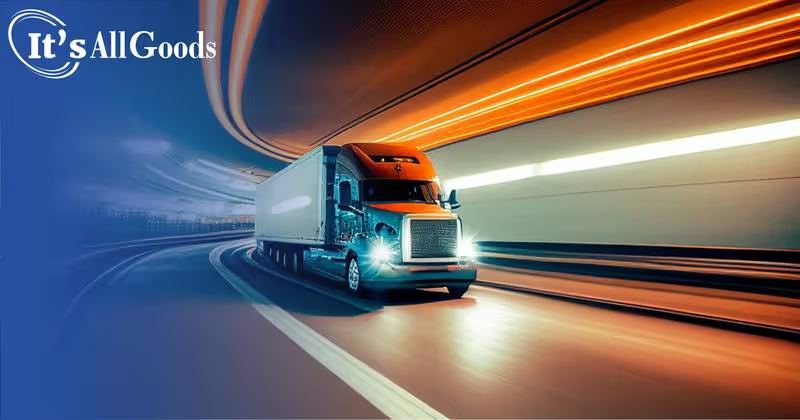

he COVID-19 pandemic has significantly changed the way our supply chain operates. As production stalled as a result of government shutdowns, reduced consumer demand, changing buyer habits, and workforce disruptions, the global supply chain ground to a halt. As the global economy begins to reopen, flaws in the old logistics processes have begun to emerge.
Volatility in the supply chain has been difficult to address. Manufacturing has struggled to secure raw materials. Retailers must wait long lead times for goods due to workforce shortages in ports and trucking companies. Prices have skyrocketed as a result.
For retailers and c-store operators, these supply chain challenges can cause major disruptions to the business as they struggle to keep their shelves stocked with the goods their customers want. It’s critical for c-stores to find new, inventive ways to prevent these problems with logistics from impacting their businesses.
Traditionally, c-store operators worked to minimize the amount of goods that were in the supply chain at any given time. This approach, referred to at “Just in Time” (JIT) shipping, relied on suppliers to be able to deliver goods right when needed. This method helped minimize excess inventory and reduce costs. Unfortunately, this left many retailers and c-store operators unable to secure goods when consumer demand spiked, or supply chains became bottlenecked.
Worker shortages also slowed down the delivery times between suppliers and c-stores. Shipping ports across the country were unable to ramp up fast enough leading to long backlogs and logistical issues. Once through the ports, the trucking industry has also been slow to deliver due to a shortage of drivers. In the US, the industry needs an additional 80,000 drivers to simply maintain normal operation levels.
To make matters worse, the recent disruption in logistics has contributed to rapidly increasing costs due to rising inflation and fuel costs that are hitting supply chains. Shipping costs from 2020 to 2021 alone rose nearly 25% with no signs of slowing down soon.
“The supply chain is what it is. It’s not getting better and it’s not getting worse. Some pockets are getting better, some pockets are getting more difficult and we‘re going to be living with this through 2022 if not into 2023. It’s a matter of who manages it the best” Christine A. Leahy, CDW president and CEO
Industry leaders need to step away from the processes that worked in the past and embrace the new future of the supply chain. Fortunately, there are many simple adjustments that c-store operators can make to improve the effectiveness of how goods and products reach their consumers.
It’s clear that the old ways of managing supply chains have changed forever. While there are many new methods that c-stores should deploy now. The supply chain may look different still in 5 to 10 years. New technology is emerging that could further strengthen the global supply chain.
For example, more companies are looking to drone technology to improve delivery of products to end users. While still in its infancy, experts believe this industry could exceed $4 billion over the next few years. Drones if used effectively could reduce delivery times, service remote areas, and decrease greenhouse emissions from traditional shipping methods.
Another technology that is growing rapidly is the use of Artificial Intelligence (AI). In the future, computer systems will likely be able to automatically analyze supply chains and optimize them with little to no human input.
Ultimately, the c-store operators who put an increased focus on improving carrier partnerships, adjusting their inventory management processes, and leverage the right technology will be best positioned to minimize the cost and efficiency impacts to the supply chain of the future.